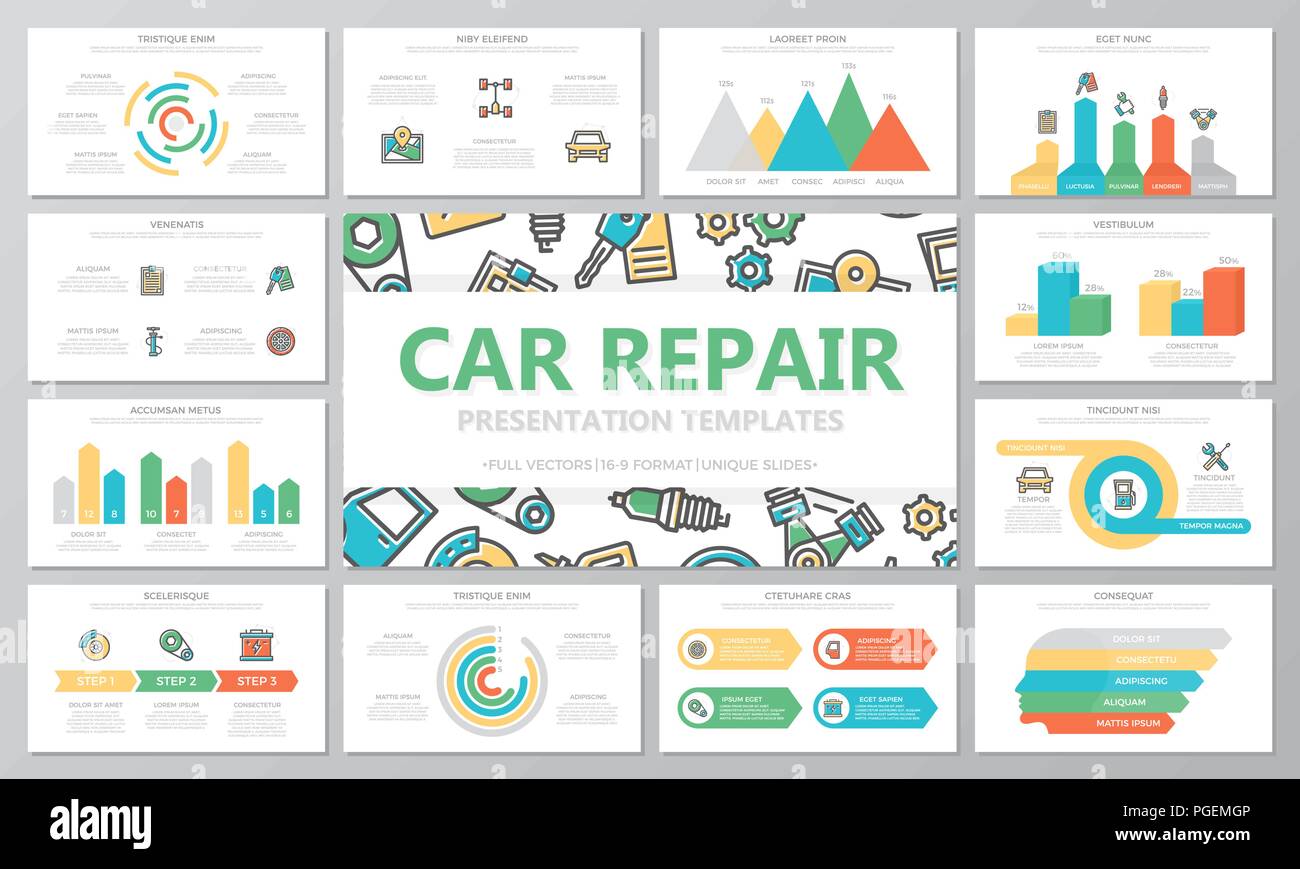Assessing Your Automobile'S Warning Indicators: What They Really Share
Assessing Your Automobile'S Warning Indicators: What They Really Share
Blog Article
Author-Hartley Kejser
When you lag the wheel, those glowing warning lights on your control panel can be a little bit puzzling. Do Read the Full Article recognize what they're attempting to tell you regarding your cars and truck's wellness? Comprehending the importance of these lights is crucial for your safety and the durability of your automobile. So, the following time among those lights pops up, wouldn't you want to decipher its message accurately and take the required steps to resolve it?
Common Caution Lighting and Interpretations
Determine common warning lights in your car and recognize their definitions to guarantee risk-free driving.
One of the most common caution lights consist of the check engine light, which signals issues with the engine or emissions system. If this light comes on, it's vital to have your vehicle inspected promptly.
The oil stress advising light indicates low oil stress, calling for prompt interest to prevent engine damages.
A flashing battery light may recommend a faulty charging system, possibly leaving you stranded if not addressed.
The tire stress surveillance system (TPMS) light informs you to reduced tire stress, affecting vehicle stability and fuel efficiency. Neglecting this could cause risky driving conditions.
The abdominal muscle light indicates a problem with the anti-lock stopping system, endangering your capability to quit promptly in emergency situations.
Lastly, the coolant temperature alerting light warns of engine getting too hot, which can cause severe damages if not dealt with swiftly.
Recognizing these common caution lights will aid you attend to concerns quickly and maintain secure driving conditions.
Relevance of Prompt Interest
Understanding the usual caution lights in your automobile is only the very first step; the value of promptly dealing with these warnings can't be highlighted sufficient to guarantee your security when driving.
When a warning light illuminates on your control panel, it's your vehicle's way of communicating a prospective problem that needs attention. Overlooking these warnings can cause much more severe troubles in the future, compromising your safety and potentially costing you more out of commission.
Trigger interest to alerting lights can prevent malfunctions and crashes. For example, a blinking check engine light can suggest a misfire that, if left neglected, might trigger damage to the catalytic converter. Resolving this without delay can save you from a pricey fixing.
Likewise, a brake system advising light might indicate reduced brake liquid or used brake pads, essential elements for your security when driving.
DIY Troubleshooting Tips
If you discover a warning light on your control panel, there are a couple of do it yourself repairing tips you can attempt prior to seeking specialist aid.
The very first step is to consult your car's guidebook to comprehend what the particular warning light shows. Occasionally linked web site can be as easy as a loosened gas cap causing the check engine light. Tightening up the gas cap might fix the trouble.
One more common issue is a reduced battery, which can set off numerous cautioning lights. Examining the battery links for corrosion and guaranteeing they're safe and secure may take care of the problem.
If a caution light persists, you can attempt resetting it by disconnecting the cars and truck's battery for a few mins and after that reconnecting it. Additionally, inspecting your vehicle's liquid levels, such as oil, coolant, and brake liquid, can assist troubleshoot cautioning lights related to these systems.
Conclusion
In conclusion, understanding your auto's warning lights is crucial for keeping your car running efficiently and safely. By quickly dealing with these informs and recognizing what they suggest, you can stay clear of costly repairs and prospective malfunctions.
Bear in mind to consult your vehicle's manual for certain information on each cautioning light and do something about it accordingly to make sure a trouble-free driving experience.
Remain notified, remain secure on the road!
